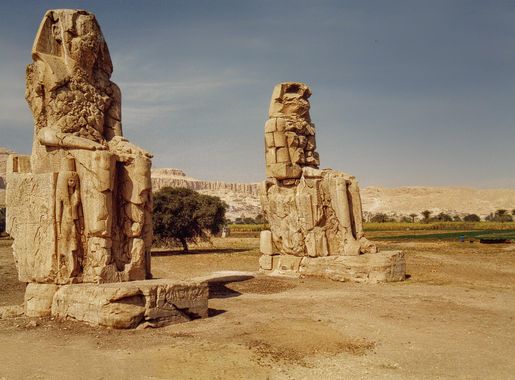
The Timeless Wonders of West Bank, Luxor
Explore the ancient wonders of West Bank, Luxor, where pharaonic tombs, majestic temples, and rich history await amid stunning desert landscapes.
West Bank in Luxor is a treasure trove of ancient Egyptian history, offering visitors a chance to step back in time. This area is home to the Valley of the Kings, where the tombs of pharaohs, including the famous Tutankhamun, lie hidden beneath the desert sands. Each tomb is a marvel of ancient art, with walls adorned with intricate hieroglyphs and vibrant murals that tell the stories of the kings' journeys to the afterlife. Close by, the Mortuary Temple of Hatshepsut stands majestically against the rugged cliffs. This impressive structure, built in honor of one of Egypt's few female pharaohs, boasts grand colonnades and terraces that offer stunning views of the surrounding landscape. Another must-see is the Colossi of Memnon, two massive stone statues that have stood for millennia as sentinels to the West Bank's ancient treasures. For a more intimate glimpse into daily life during the New Kingdom, visit the workers' village of Deir el-Medina. Here, the craftsmen who built the royal tombs lived and worked, leaving behind a wealth of artifacts and well-preserved homes. The West Bank in Luxor is not just about ancient sites; it’s a journey into the heart of one of history's most fascinating civilizations.
Local tips in West Bank
- Visit early in the morning to avoid the midday heat and crowds.
- Wear comfortable walking shoes as the terrain can be uneven.
- Hire a knowledgeable guide to enrich your understanding of the sites.
- Carry plenty of water and some snacks, as amenities can be sparse.
- Don't miss the light and sound show at the Karnak Temple for a magical evening experience.
The Timeless Wonders of West Bank, Luxor
West Bank in Luxor is a treasure trove of ancient Egyptian history, offering visitors a chance to step back in time. This area is home to the Valley of the Kings, where the tombs of pharaohs, including the famous Tutankhamun, lie hidden beneath the desert sands. Each tomb is a marvel of ancient art, with walls adorned with intricate hieroglyphs and vibrant murals that tell the stories of the kings' journeys to the afterlife. Close by, the Mortuary Temple of Hatshepsut stands majestically against the rugged cliffs. This impressive structure, built in honor of one of Egypt's few female pharaohs, boasts grand colonnades and terraces that offer stunning views of the surrounding landscape. Another must-see is the Colossi of Memnon, two massive stone statues that have stood for millennia as sentinels to the West Bank's ancient treasures. For a more intimate glimpse into daily life during the New Kingdom, visit the workers' village of Deir el-Medina. Here, the craftsmen who built the royal tombs lived and worked, leaving behind a wealth of artifacts and well-preserved homes. The West Bank in Luxor is not just about ancient sites; it’s a journey into the heart of one of history's most fascinating civilizations.
Iconic landmarks you can’t miss
Luxor Temple
Experience the awe-inspiring Luxor Temple, a magnificent archaeological site that unveils the grandeur of ancient Egypt's history and culture.

Karnak
Explore the grandeur of Karnak, the largest religious complex in the world, where ancient Egyptian history comes alive with stunning architecture and rich culture.
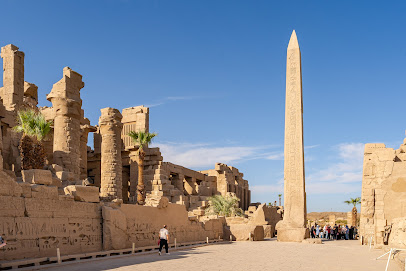
Luxor Museum
Explore Luxor Museum: A glimpse into the treasures of ancient Egypt and the artistry of its civilization along the Nile.
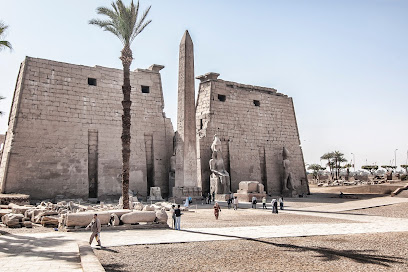
West Bank Luxor Boat booking Dahabiya Nile cruise
Experience the luxurious charm of a Dahabiya Nile cruise in Luxor, where history meets breathtaking scenery on Egypt's iconic river.
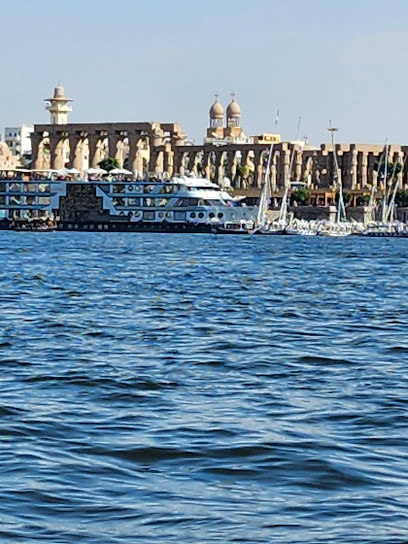
West Bank Private Transport Luxor
Explore the wonders of Luxor effortlessly with West Bank Private Transport's premium limousine and taxi services for a seamless travel experience.
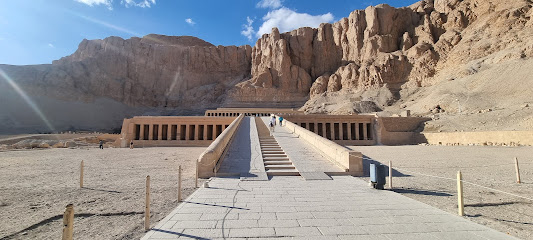
El-Gezira Hotel & Restaurant
Experience luxury and culture at El-Gezira Hotel & Restaurant, nestled along the Nile with exquisite dining and live music in Luxor.
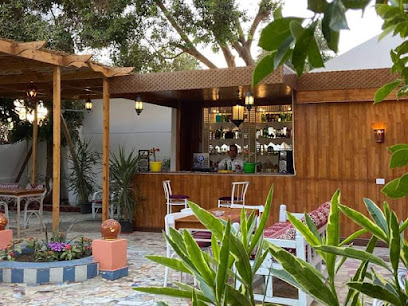
First Pylon Luxor Temple
Explore the grandeur of the First Pylon at Luxor Temple, a historical landmark that showcases the rich heritage of ancient Egypt with breathtaking architecture and intricate carvings.
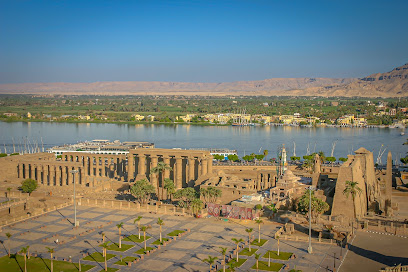
Luxor Nile Ferry - West Bank
Sail the historic Nile River with Luxor Nile Ferry, connecting you to the majestic wonders of Egypt's West Bank.
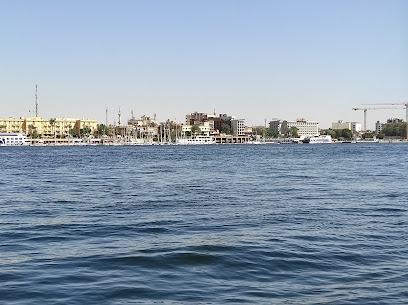
Remaining Luxor Obelisk
Discover the awe-inspiring Remaining Luxor Obelisk, a historical landmark that reflects the grandeur of ancient Egyptian civilization.
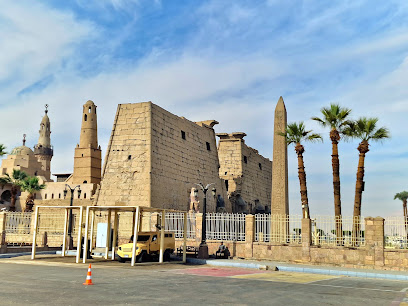
Luxor day tour to East & West Banks
Experience the majesty of Luxor with a captivating day tour of the East and West Banks, where ancient wonders reveal Egypt's rich history.
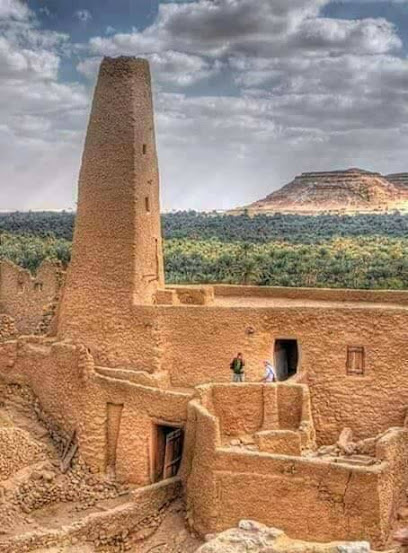
Mado Tourguide Luxor
Discover the rich legacy of ancient Egypt at Mado Tourguide Luxor, your gateway to the wonders of Luxor's historic treasures.
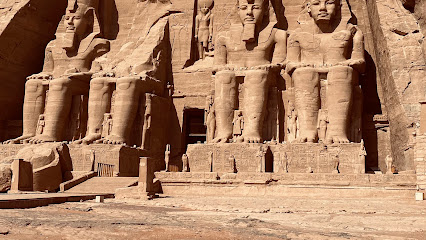
Colossus of Memnon on the West Bank
Explore the grandeur of the Colossus of Memnon, a historical landmark embodying the rich heritage of ancient Egypt nestled in Luxor's iconic landscape.
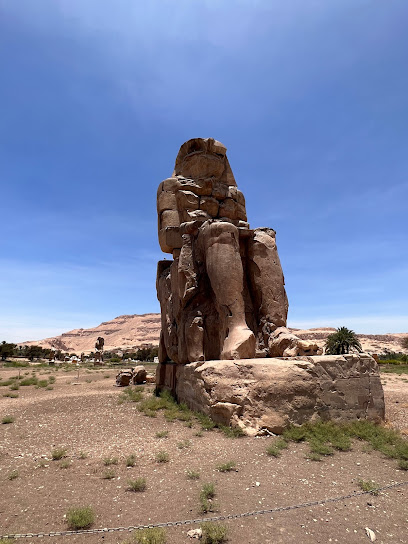
Unmissable attractions to see
West Bank Luxor Boat booking Dahabiya Nile cruise
Experience the enchanting Dahabiya Nile cruise, exploring Luxor's ancient wonders while sailing through stunning landscapes.
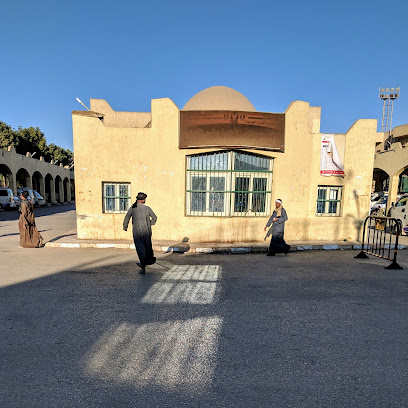
Avenue of the Rams
Discover the majestic Avenue of the Rams, a historical landmark in Luxor, Egypt, showcasing the grandeur of ancient civilization with stunning sphinx statues.
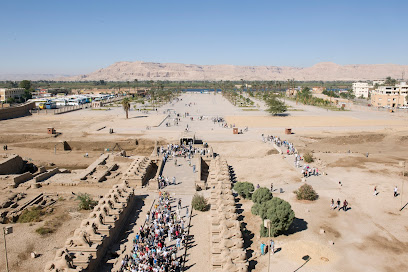
Remaining Luxor Obelisk
Discover the Remaining Luxor Obelisk, an iconic historical landmark showcasing the grandeur of Ancient Egyptian civilization in Luxor, Egypt.
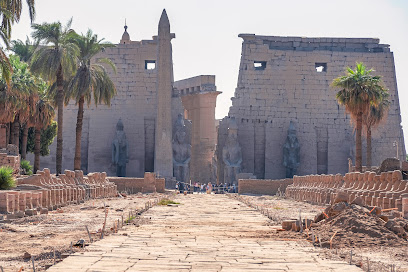
ALEX BOAT
Experience the timeless beauty of the Nile with Alex Boat, where adventure and relaxation meet in the heart of Luxor.
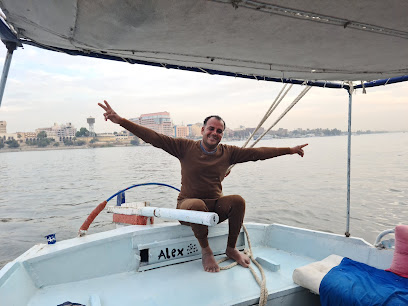
Mado Tourguide Luxor
Explore the ancient wonders of Luxor with expert guidance at Mado Tourguide Luxor, where history comes alive in breathtaking landscapes.
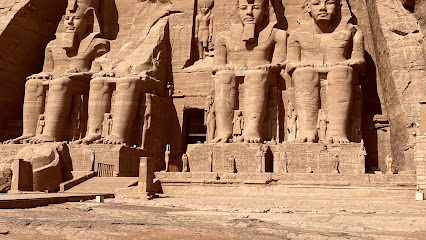
Colossus of Memnon on the West Bank
Explore the awe-inspiring Colossus of Memnon, a monumental symbol of ancient Egypt's grandeur and artistry, located on the enchanting West Bank of Luxor.
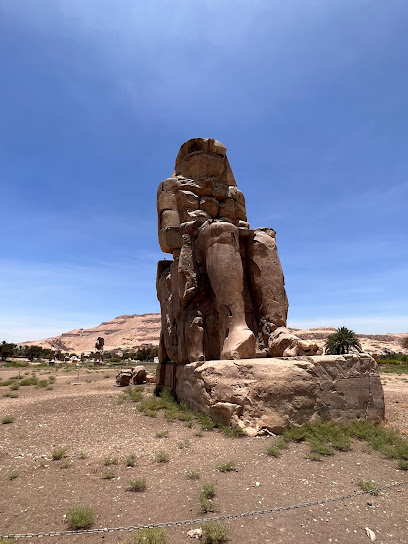
Essential places to dine
Sofra
Experience authentic Egyptian cuisine at Sofra in Luxor - where traditional flavors meet modern dining.
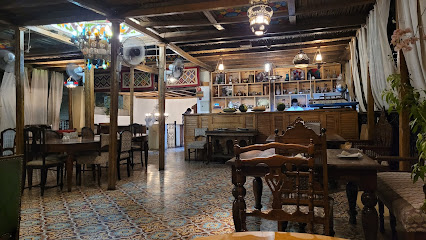
PIZZA ROMA . IT
Discover authentic Italian flavors at Pizza Roma in Luxor—where every bite transports you to Italy amidst ancient Egyptian wonders.
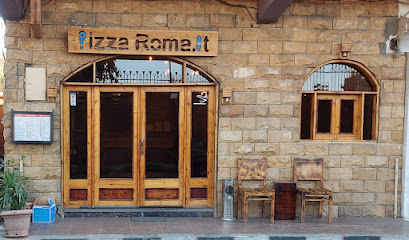
مطعم دوار الشمس Sunflower Restaurant
Discover authentic Egyptian cuisine at Sunflower Restaurant in Al Bairat - where delightful meat dishes meet warm hospitality.
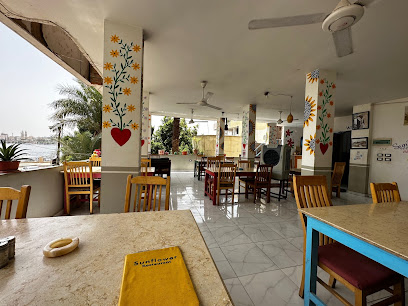
Oasis Palace
Experience authentic Egyptian cuisine at Oasis Palace in Luxor - where rich flavors meet warm hospitality.
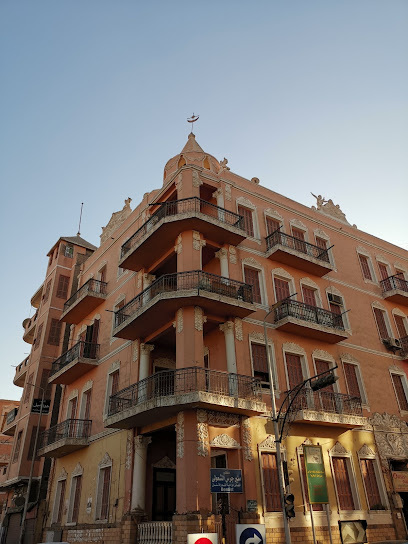
مطعم توت عنخ امون Tout Ankh Amoun Restaurant
Savor authentic Egyptian flavors while enjoying stunning Nile views at Tout Ankh Amoun Restaurant on Luxor's West Bank.
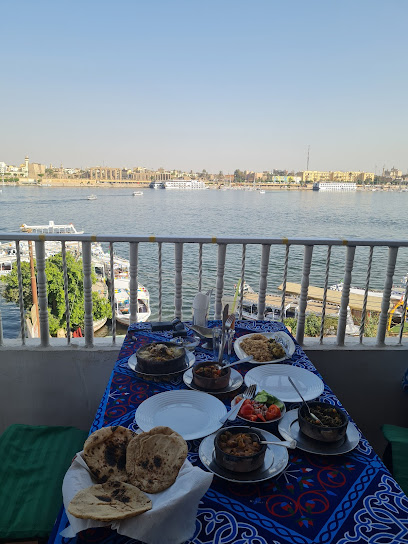
Jamboree Restaurant
Experience authentic Egyptian cuisine at Jamboree Restaurant in Luxor—where every dish tells a story.

The Lantern Room Restaurant
Experience exquisite dining at The Lantern Room Restaurant in Luxor - where local flavors meet international cuisine.
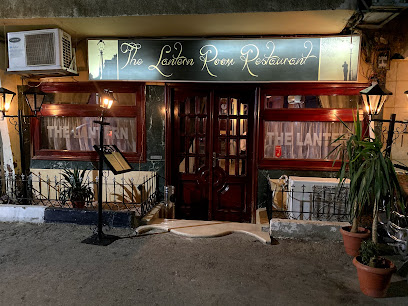
Aladdin's Kingdom Restaurant
Discover authentic Middle Eastern cuisine at Aladdin's Kingdom Restaurant in Luxor’s enchanting West Bank, where every meal tells a story.
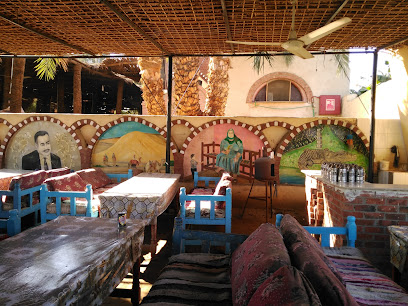
1886 Restaurant
Experience exquisite fine dining at 1886 Restaurant in Luxor, where culinary excellence meets stunning views of the Nile.
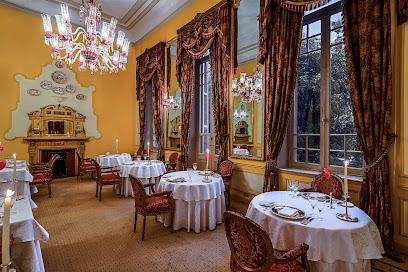
LA CORNICHE RESTAURANT
Experience exquisite Western cuisine with breathtaking Nile views at La Corniche Restaurant in Luxor.
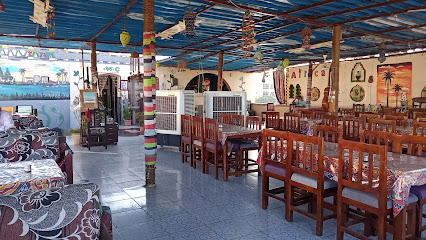
Markets, malls and hidden boutiques
Luxor Fruit and Vegetable Market
Discover the bustling Luxor Fruit and Vegetable Market, a vibrant hub of fresh produce and local culture in the heart of Egypt.
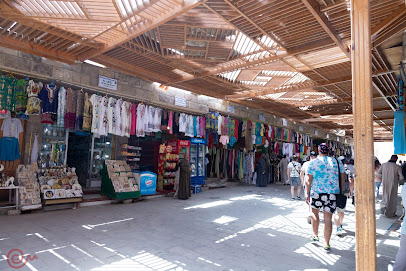
SHOP SANDOUK . HandCrafts-FairTrade
Explore the unique artistry of Egypt at Shop Sandouk, where handcrafted souvenirs and fair-trade goods come together in a vibrant shopping experience.
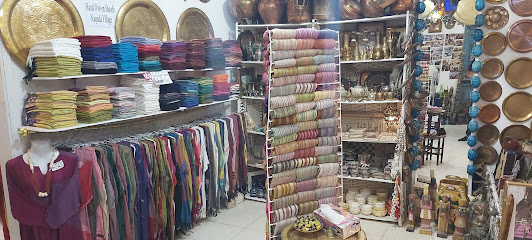
Nobles Art Gallery
Discover the essence of Egyptian culture at Nobles Art Gallery, featuring unique antiques and contemporary art in the heart of Luxor.
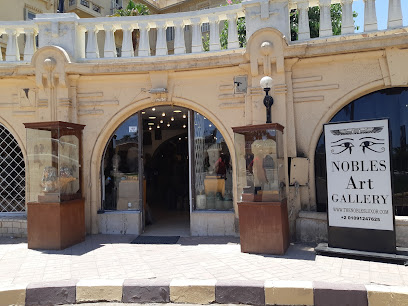
Khepri papyrus museum
Explore the fascinating world of ancient Egyptian art at Khepri Papyrus Museum in Luxor, where history meets craftsmanship.
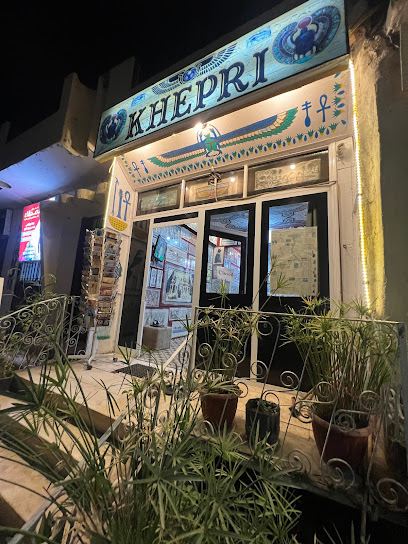
Old Shop
Explore Luxor's Old Shop for unique jewelry, antiques, and exquisite stone carvings, capturing the essence of Egyptian artistry and culture.

Gaddis & Co.
Explore Gaddis & Co. in Luxor for unique Egyptian gifts and souvenirs, showcasing local craftsmanship along the beautiful Nile River.
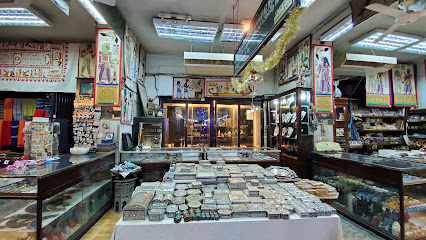
أبو وحيد للإستيراد والتصدير
Explore the vibrant world of Abu Waheed for Import and Export in Luxor, where authentic Egyptian souvenirs await to tell your travel story.
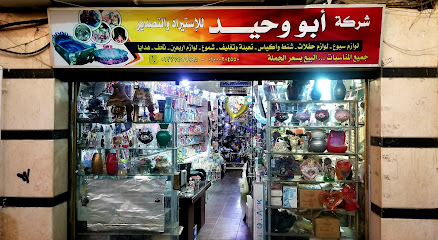
Abou Ali Crafts Collection Proudly Made In Egypt
Explore authentic Egyptian artistry at Abou Ali Crafts Collection in Luxor, offering unique handmade treasures that embody local culture and craftsmanship.
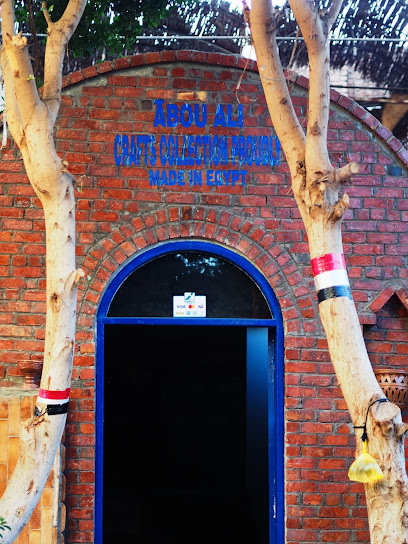
Lotus Bazar
Discover unique fashion accessories, exquisite jewelry, and enchanting perfumes at Lotus Bazar, a vibrant shopping destination in Luxor.

VEMO STORE LUXOR
Explore VEMO STORE LUXOR for trendy youth clothing that blends modern style with local culture in the heart of Luxor.

Essential bars & hidden hideouts
Al Sahaby Lane Restaurant
Experience authentic Egyptian cuisine with stunning views of Luxor's historic landmarks at Al Sahaby Lane Restaurant.
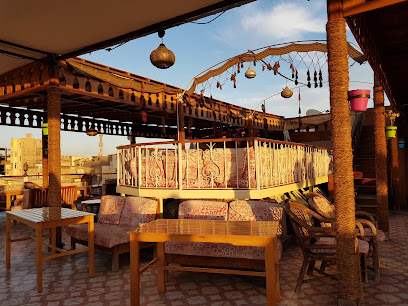
PIZZA ROMA . IT
Experience authentic Italian cuisine at Pizza Roma in Luxor, where every pizza is a masterpiece crafted with fresh ingredients and traditional recipes.

Aisha restaurant Luxor
Experience authentic Egyptian flavors at Aisha Restaurant in Luxor, where tradition meets taste in a vibrant dining atmosphere.
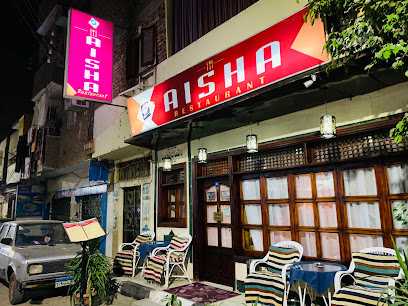
Jamboree Restaurant
Experience authentic Egyptian cuisine at Jamboree Restaurant in Luxor, where every meal tells a story of rich culinary heritage.
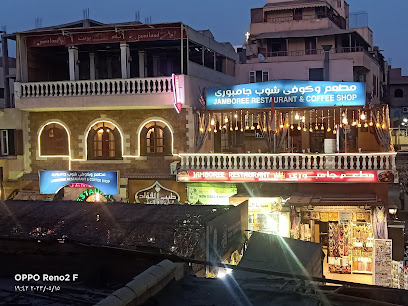
The King's Head Pub
Experience British charm at The King's Head Pub in Luxor, where delicious food and local drinks create the perfect atmosphere for relaxation.
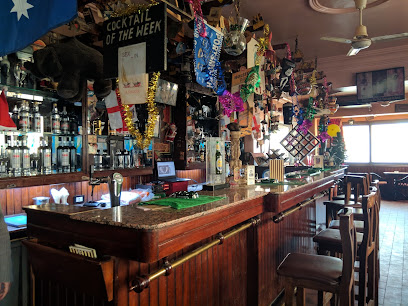
SunRise Bar & Restaurant Luxor
Experience the vibrant flavors of Egyptian and international cuisine at SunRise Bar & Restaurant in Luxor, where delightful dishes meet lively entertainment.
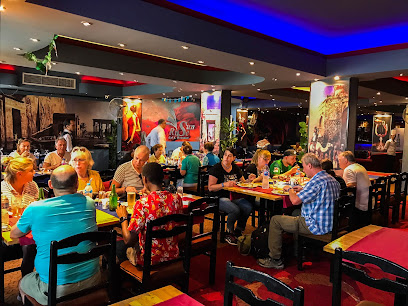
ميرفيس الأيرلندية بار Murphys Irish Bar
Discover the warmth of Irish hospitality at Murphys Irish Bar in Luxor, where delicious food and vibrant atmosphere await travelers.
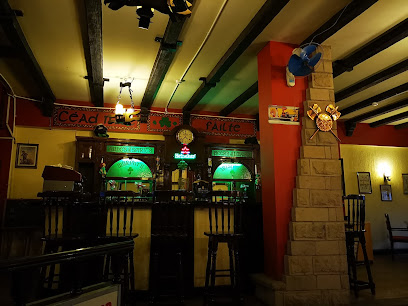
El-Gezira Hotel & Restaurant
Discover the perfect blend of luxury, relaxation, and vibrant entertainment at El-Gezira Hotel & Restaurant in Luxor, Egypt.

Royal Bar
Experience the vibrant ambiance of the Royal Bar in Luxor, where exquisite drinks meet stunning Nile views for an unforgettable evening.
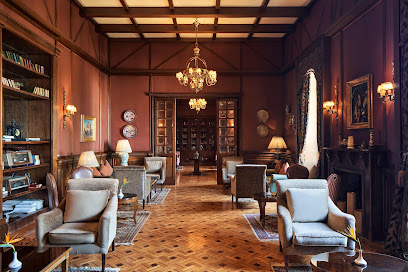
Nile Bar & Lounge
Experience the vibrant atmosphere and stunning views at Nile Bar & Lounge, Luxor's perfect retreat for relaxation and entertainment.
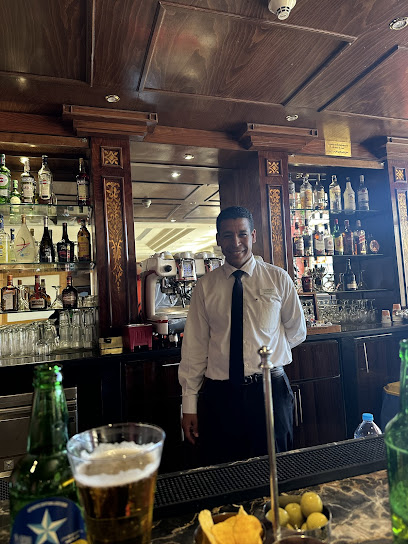
Local Phrases
-
- Helloمرحبا
[marhaban] - Goodbyeوداعا
[wada'an] - Yesنعم
[na'am] - Noلا
[la] - Please/You're welcomeمن فضلك/على الرحب والسعة
[min fadlik/a'la ar-rahb was-sa'ah] - Thank youشكرا
[shukran] - Excuse me/Sorryعذرا
['udhran] - How are you?كيف حالك؟
[kayfa haluk?] - Fine. And you?بخير. وأنت؟
[bikhayr. wa'ant?] - Do you speak English?هل تتحدث الإنجليزية؟
[hal tatahadath al-ingliziyya?] - I don't understandأنا لا أفهم
[ana la afham]
- Helloمرحبا
-
- I'd like to see the menu, pleaseأرغب في رؤية القائمة، من فضلك
[urghab fi ru'iyat al-qaimah, min fadlik] - I don't eat meatأنا لا آكل اللحم
[ana la aakul al-lahm] - Cheers!في صحتك!
[fi sahtak!] - I would like to pay, pleaseأود أن أدفع، من فضلك
[awad an adfa', min fadlik]
- I'd like to see the menu, pleaseأرغب في رؤية القائمة، من فضلك
-
- Help!النجدة!
[an-najdah!] - Go away!انصرف!
[ansiraf!] - Call the Police!اتصل بالشرطة!
[itassal bish-shurta!] - Call a doctor!اتصل بطبيب!
[itassal bitabib!] - I'm lostلقد ضللت
[laqad dalalt] - I'm illأنا مريض
[ana mareed]
- Help!النجدة!
-
- I'd like to buy...أرغب في شراء...
[urghab fi shira...] - I'm just lookingأنا فقط أتفرج
[ana faqat atfarij] - How much is it?كم سعره؟
[kam sa'ruh?] - That's too expensiveهذا غالي جدا
[hadha ghali jiddan] - Can you lower the price?هل يمكنك خفض السعر؟
[hal yumkinuk khaafid al-sa'ur?]
- I'd like to buy...أرغب في شراء...
-
- What time is it?كم الساعة؟
[kam al-sa'ah?] - It's one o'clockالساعة الواحدة
[al-sa'ah al-wahidah] - Half past (10)النصف بعد (العاشرة)
[an-nisf ba'd (al-ashirah)] - Morningالصباح
[al-sabah] - Afternoonالظهر
[adh-dhuhur] - Eveningالمساء
[al-masa'] - Yesterdayأمس
[ams] - Todayاليوم
[al-yawm] - Tomorrowغدا
[ghadan] - 1واحد
[wahid] - 2اثنان
[ithnan] - 3ثلاثة
[thalathah] - 4أربعة
[arbahah] - 5خمسة
[khamsah] - 6ستة
[sittah] - 7سبعة
[sab'ah] - 8ثمانية
[thamaniah] - 9تسعة
[tis'ah] - 10عشرة
[asharah]
- What time is it?كم الساعة؟
-
- Where's a/the...?أين ال...؟
[ayn al...?] - What's the address?ما هو العنوان؟
[ma huwa al-anaan?] - Can you show me (on the map)?هل يمكنك أن تريني (على الخريطة)؟
[hal yumkinuk an tureeni (ala al-kharitah)?] - When's the next (bus)?متى الحافلة القادمة؟
[mata al-hafilat al-qadimah?] - A ticket (to ....)تذكرة (إلى ....)
[tadhkirah (ila ....)]
- Where's a/the...?أين ال...؟
History of West Bank
-
The West Bank of Luxor is home to the Valley of the Kings, where many pharaohs of the New Kingdom were buried, including Tutankhamun and Ramses II. This necropolis was used from the 16th to the 11th centuries BCE and represents the epitome of ancient Egyptian funerary architecture. The tombs are adorned with intricate wall paintings and inscriptions, providing insights into the beliefs surrounding the afterlife.
-
Adjacent to the Valley of the Kings lie the mortuary temples, such as the Temple of Hatshepsut at Deir el-Bahari. This temple, built for the only female pharaoh to reign, showcases remarkable architecture and serves as a testament to the religious practices centered around death and resurrection in ancient Egypt. The site reveals the deep cultural significance of funerary rituals.
-
During the New Kingdom period, Thebes (modern-day Luxor) became the political and religious capital of Egypt. The West Bank, as the site of the royal necropolis, played a pivotal role in this transformation. The grandeur of the temples and tombs reflects the wealth and power of Thebes during this era, particularly under the reigns of pharaohs like Hatshepsut and Amenhotep III.
-
In addition to its ancient history, the West Bank has a rich tapestry of Coptic and Islamic heritage. The area features several Coptic monasteries, such as the Monastery of St. Anthony, and Islamic structures that highlight the enduring cultural significance of the region beyond pharaonic times. The blend of ancient and more recent religious practices demonstrates the continuity of faith in the area.
-
In recent decades, the West Bank has been the focus of extensive archaeological research and excavation. Ongoing projects aim to uncover more about the daily lives of ancient Egyptians and their burial practices. Discoveries such as the tomb of Tutankhamun in the early 20th century have continued to captivate scholars and tourists alike, making the West Bank a vital area for historical understanding.
West Bank Essentials
-
To reach the West Bank from central Luxor, cross the Nile River via the local ferry service, which operates regularly and is a scenic way to travel. The ferry ride takes about 5-10 minutes. Alternatively, you can take a taxi or arrange for a private driver. For those coming from Luxor Airport, taxis are available, and the journey to the West Bank typically takes around 30 minutes.
-
The West Bank is best explored by taxi, which are widely available and affordable. For a more adventurous option, consider renting a bicycle to enjoy the scenery and visit sites at your own pace. Some areas also have horse-drawn carriages (calèches) for hire. Public transportation is limited, but shared taxis (microbuses) can be found for popular routes.
-
The West Bank is generally safe for tourists, but it's advisable to remain cautious, especially in less populated areas. Petty theft can occur, particularly at crowded sites like the Valley of the Kings. Avoid walking alone at night and be mindful of your belongings. While crime targeting tourists is rare, it's best to stay aware of your surroundings.
-
In case of an emergency, contact local authorities by dialing 122 for police assistance or 123 for medical emergencies. It is recommended to have travel insurance that covers health issues. For minor ailments, local pharmacies can provide over-the-counter medications. Always keep a list of emergency contacts handy.
-
Fashion: Do dress modestly, especially when visiting religious sites like temples and tombs. Women should consider wearing a scarf to cover their shoulders. Religion: Do respect local traditions, especially during religious ceremonies. Public Transport: Do be courteous to drivers and fellow passengers. Don't engage in loud conversations. Greetings: Do greet locals with a friendly 'Salam' and a smile. Eating & Drinking: Do try local dishes and accept offers of hospitality; it's a sign of respect. Don't eat in public during Ramadan.
-
To experience the West Bank like a local, visit the local markets in the village of Al-Gurna, where you can buy fresh produce and handmade crafts. Engage with local artisans, who are often eager to share their skills and stories. Attend a local festival or event if your visit coincides with one, as this provides insight into daily life and culture. Don't miss the chance to enjoy a traditional meal in a family-run restaurant for an authentic dining experience.
Trending Landmarks in West Bank
-
Luxor Temple
-
Karnak
-
Luxor Museum
-
West Bank Luxor Boat booking Dahabiya Nile cruise
-
West Bank Private Transport Luxor
-
El-Gezira Hotel & Restaurant
-
First Pylon Luxor Temple
-
Luxor Nile Ferry - West Bank
-
Remaining Luxor Obelisk
-
Luxor day tour to East & West Banks
-
Mado Tourguide Luxor
-
Colossus of Memnon on the West Bank
Nearby Cities to West Bank
-
Things To Do in Sohag
-
Things To Do in Aswan
-
Things To Do in Hurghada
-
Things To Do in El Gouna
-
Things To Do in Asyut
-
Things To Do in Marsa Alam
-
Things To Do in Sharm El Sheikh
-
Things To Do in Minya
-
Things To Do in Dahab
-
Things To Do in Beni Suef
-
Things To Do in Suez
-
Things To Do in Eilat
-
Things To Do in Aqaba
-
Things To Do in Tabuk
-
Things To Do in Cairo



